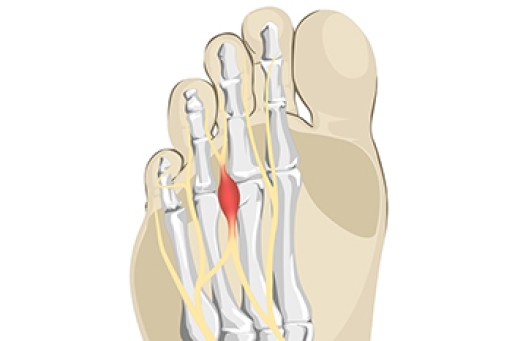
The ankle controls foot movement, and this may be compromised with existing ankle pain. It can happen from excessive exercising, or from wearing shoes that are too tight. Enduring a foot injury may lead to ankle pain, and additional symptoms can include immediate bruising and swelling. It is often difficult to walk with ankle pain, and many people seek medical attention to rule out a fracture. This is done by having an X-ray performed, where the cause of the pain can be determined. Ankle pain in diabetic patients can be indicative of serious issues, and steps need to be taken that can help the patient stay ahead of potential problems. People who have ankle pain may find mild relief when the affected foot is frequently elevated, and this may help to reduce existing swelling. Additionally, treatment can begin when the ankle is wrapped in a compression bandage which can provide stability as the ankle heals. For any type of ankle pain, it is suggested that you visit a podiatrist who can offer you treatment methods that are right for you.
Ankle pain can be caused by a number of problems and may be potentially serious. If you have ankle pain, consult with one of our podiatrists from InStride Family Foot Care. Our doctors will assess your condition and provide you with quality foot and ankle treatment.
Ankle pain is any condition that causes pain in the ankle. Due to the fact that the ankle consists of tendons, muscles, bones, and ligaments, ankle pain can come from a number of different conditions.
Causes
The most common causes of ankle pain include:
- Types of arthritis (rheumatoid, osteoarthritis, and gout)
- Ankle sprains
- Broken ankles
- Achilles tendonitis
- Achilles tendon rupture
- Stress fractures
- Bursitis
- Tarsal tunnel syndrome
- Plantar fasciitis
Symptoms
Symptoms of ankle injury vary based upon the condition. Pain may include general pain and discomfort, swelling, aching, redness, bruising, burning or stabbing sensations, and/or loss of sensation.
Diagnosis
Due to the wide variety of potential causes of ankle pain, podiatrists will utilize a number of different methods to properly diagnose ankle pain. This can include asking for personal and family medical histories and of any recent injuries. Further diagnosis may include sensation tests, a physical examination, and potentially x-rays or other imaging tests.
Treatment
Just as the range of causes varies widely, so do treatments. Some more common treatments are rest, ice packs, keeping pressure off the foot, orthotics and braces, medication for inflammation and pain, and surgery.
If you have any questions, please feel free to contact our offices located in Concord, Charlotte, and Salisbury, NC . We offer the newest diagnostic and treatment technologies for all your foot care needs.











